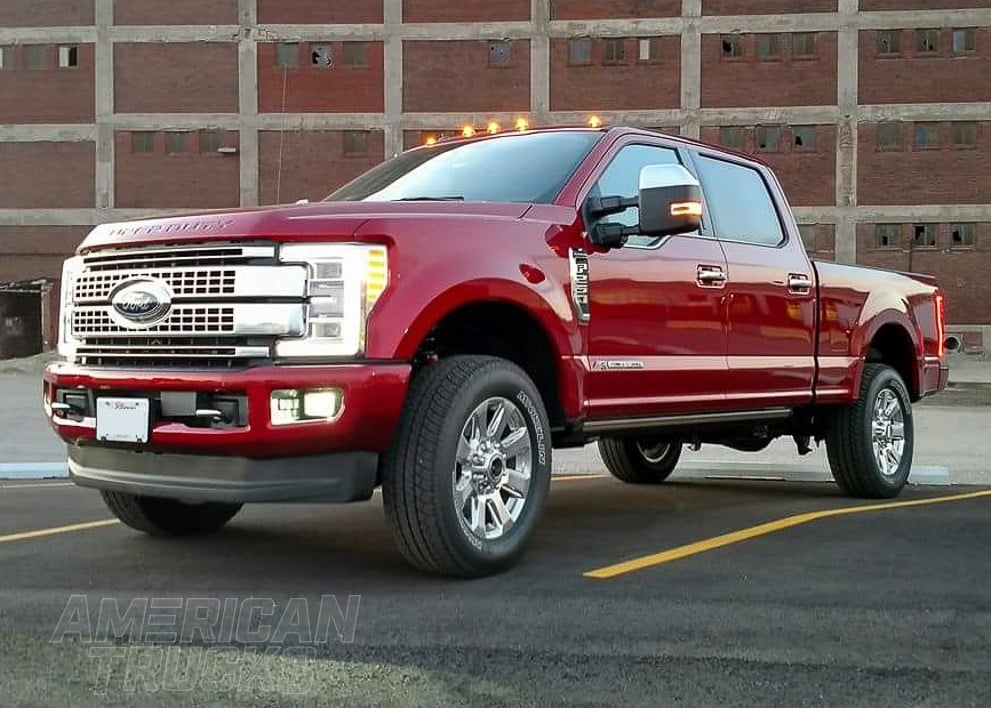The Superduty lineup may be the finest line of work trucks in American history. These trucks have been known to move, haul, and even overcome some of the greatest obstacles the workforce could throw at them. Stepping into the league of Superduty trucks only raises a few questions, the main one being when you should move up in size. By taking a look at the F-250 and comparing it to the F-350, the answer will become very clear.
Table of Contents
- External Features
- Engine Differences
- 2019 F-250 & F-350 Engine Options
- Drivetrain Differences
- Dual Rear Wheel F-350
- Towing Capacities
- Payload Comparison
- How to Choose Between F-250 and F-350
Shop F250 Parts
Despite the F250 being an excellent work truck from the factory, there's always room for improvement in terms of either exterior flair or hauling prowess. Engine upgrades, bed covers, and more are available to make your F250 the perfect tool for your next job.
